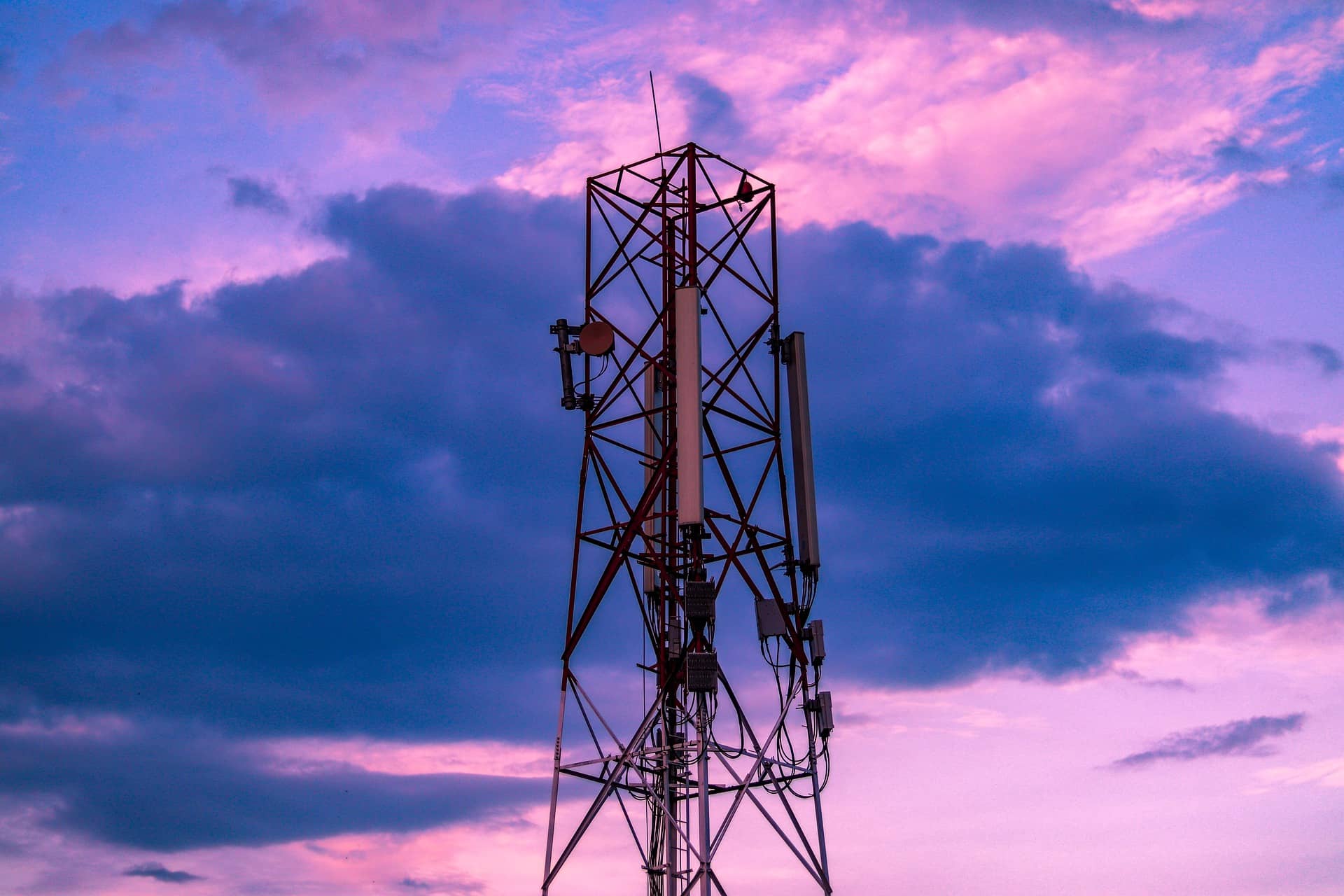VIEWPOINT
For telecoms to create new revenue streams, enhance customer experiences, and lead their digital transformation, Huawei launches future-oriented IT infrastructure architecture. It is an evolution journey from CT to ICT
There has been a massive change in the way businesses and customers interact over the last few years. Due to the increased use of digital services, carriers’ networks have experienced extremely high traffic levels. According to IDC, investments in IT infrastructure would expand at a 14.5% Compound Annual Growth Rate (CAGR) between 2021 and 2026. Between 2021 and 2025, according to IDC, carriers’ digital transformation will accelerate and their spending on it will rise at a CAGR of 17%.
Predictions indicate that IT infrastructure will rank as the second-largest area of investment for international telecom operators. However, for telcos to fully benefit from their digital transformation projects, they must have a future-oriented IT infrastructure that is cloud-native, 5G and IoT ready, secure, and equipped with AI and automation capabilities.
The modern consumer demands a top-notch network with unique services. It’s also an opportunity for telcos to expand on the transformation of their primary line of business, connectivity. As a result, it has become crucial for them to have strong capabilities that can support the delivery of innovative services, expansion into new industries, reduction of costs, and augmentation of revenues.
Presenting the future-oriented IT infrastructure architecture
There is an old saying in Chinese that “to get rich, build roads first”. IT infrastructure paves the way for digital transformation. Developing a future-oriented IT infrastructure design is the only way to build new revenue streams beyond connectivity and provide a superior user experience, even though telecom operators have been pursuing digitization and cost transformation for years.
At MWC 2023, Huawei focuses on the theme of “+IT, Grow Together” and unveils its future-oriented IT infrastructure design for carriers for the first time, recognizing the necessity and filling up the critical gaps. The solution enables carriers to transition from CT to ICT by acting as the IT basis for that change. The strategy is based on the premise that IT infrastructure is at the foundation of telco digital transformation. Huawei has developed intelligent, reliable, efficient and collaborative IT infrastructure to accelerate the digital transformation of the carriers, so both Huawei and its customers can grow together.
So, what is the future-oriented IT infrastructure architecture need of carriers?
Data, Networks, and Applications (DNA) are the three main telecom assets that carriers have. A future-oriented, unified IT infrastructure design based on the carriers’ core asset DNA must be created to optimize its value in order to support carriers’ digital transformation. It should help them achieve orchestration, cloud-network synergy, and cloud-edge synergy.
Data (D): In the modern world, data is regarded as the new growth point for all businesses. Data is being produced at an exponential rate since there is so much happening online at a pace never previously witnessed. Effective data management is essential for telcos because it allows them to channel their resources by creating smart predictions and analyses, meet network latency, boost customer retention, and ensure great user experiences. Data management needs to be efficient, adaptable, and secure. Sensitive data must be stored locally, not in the cloud or network. Storage resource management and provisioning must be carried out efficiently and swiftly. This can be achieved through solutions such as Huawei OneStorage unified storage resource pool, which can improve resource utilization efficiency and accelerate resource provisioning.
Network (N): In order to facilitate accelerated investment monetization, differentiated network experiences, flexible resource scheduling, and rapid service supply, carriers need a new transformative IT infrastructure. The need is for a network that supports quick intelligence and multi-cloud, strengthens agility, and speeds up innovation while also making their services more dependable. Huawei has business in both cloud services and networks. Huawei Cloud and Huawei transport network are pre-integrated. NCE supports unified scheduling of cloud and network resources and allows for one-stop provisioning of cloud network premium package (with unified cloud-network end-to-end SLA assurance), helping carriers monetize their network assets.
Application (A): There are distinct considerations when moving common services to the cloud than when moving critical telecom applications. Most core telecom applications are steady-state, locally deployable, low-latency, and highly reliable, with carriers having complete control over such programmes. Agile apps tend to be new services and do not have high-reliability requirements. However, they require fast rollout, quick iteration, and elastic scaling. Therefore, deployment on the public cloud is the best choice. Huawei’s distributed cloud supports flexible deployment of telecom services on and off the cloud, meeting carriers’ deployment requirements for different applications.
The future-oriented IT architecture design must be implemented using the synergies between CT and IT, on-premises and online, and software and hardware. IT infrastructure investments employ networking to hasten value recovery.
The Huawei distributed cloud is considered the best option for carriers regarding internal business transformation and ToB business expansion. The key services are put in place on-premises for increased security and dependability, while non-critical services are implemented on public clouds. The most senior cloud services are available on-premises with Huawei Cloud Stack, which is also the only cloud that reuses installed base storage. The most significant data infrastructure foundation for carriers is OneStorage which offers multi-clouds integration, enhanced security, reliability, and sustainability.
Huawei, the only ICT company in the world with business in cloud, storage, and diversified computing power, has taken a giant stride by building system-level competitiveness on the customer interface with seemingly standalone products.
Click here to learn more about the future-oriented IT Infrastructure architecture for carriers










